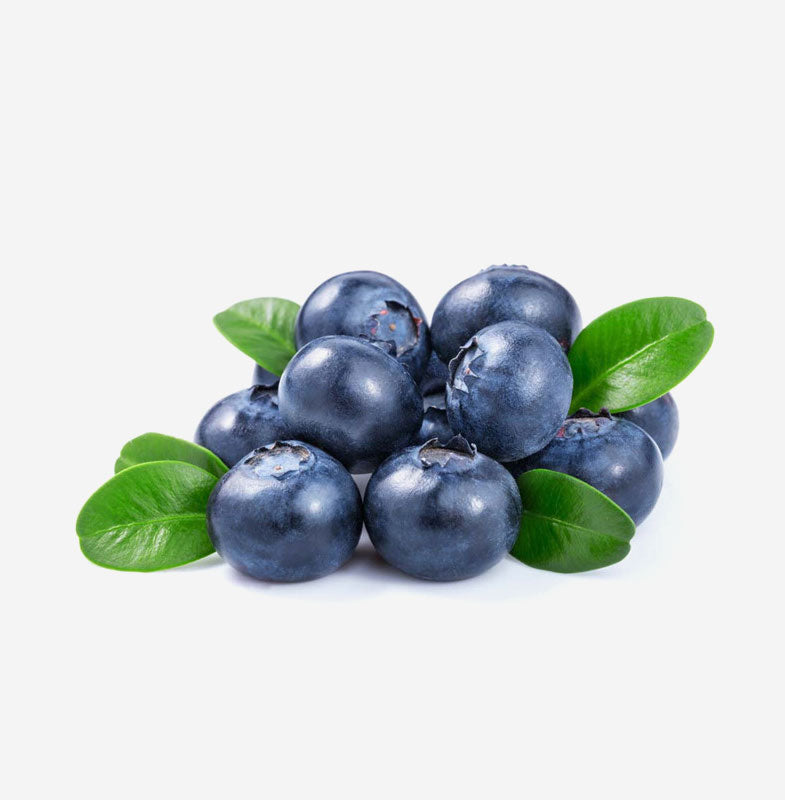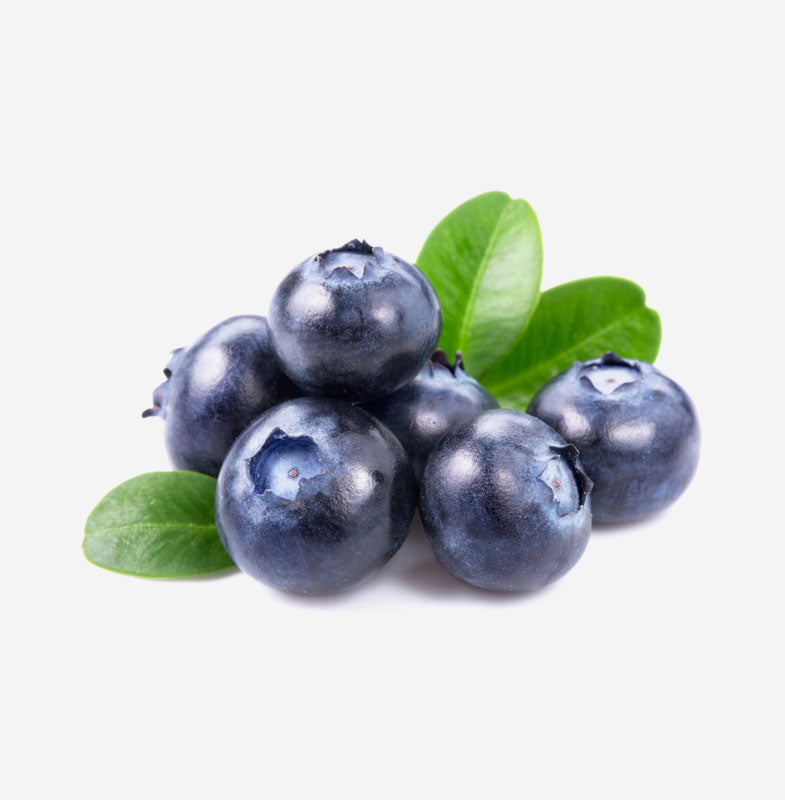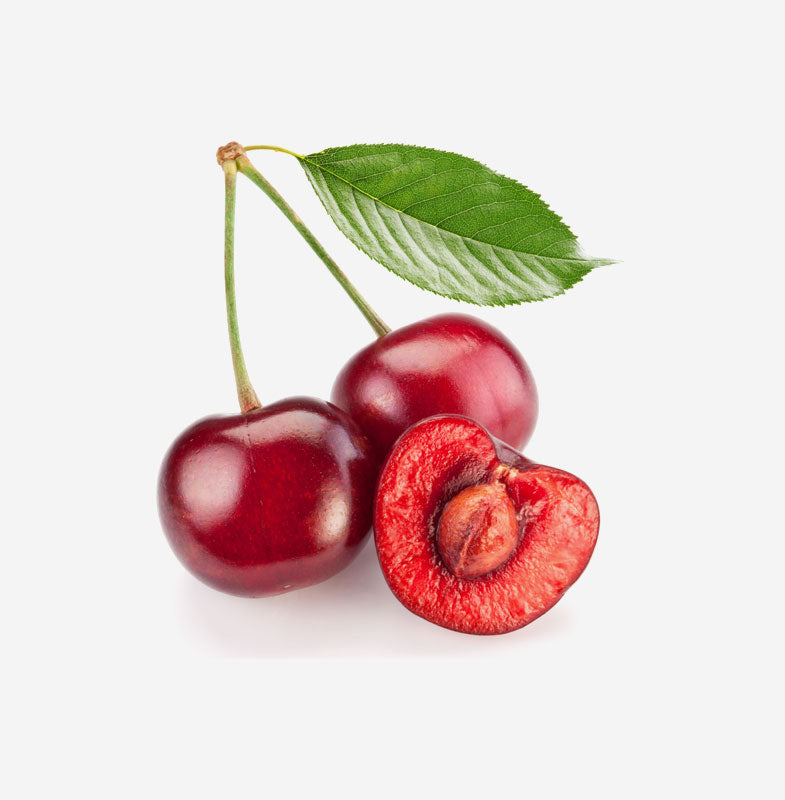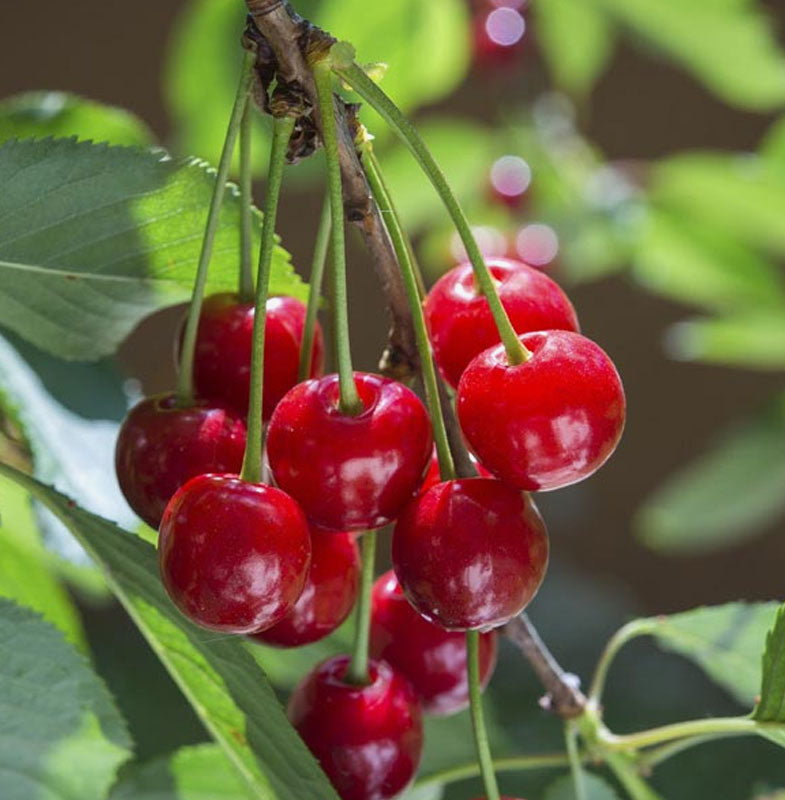



Your shopping bag is empty
Go to the shop



Blueberry is a crown forming, woody, perennial shrub in the family Ericaceae grown for its fruits, or berries, of the same name. The blueberry plant possesses oval or elliptical leaves which grow alternately on the stems. The stems, or twigs, are yellow/green in color and turn reddish in winter. Flowers are bell shaped and can be either white or pink, occurring in clusters of 8 to 10 flowers. Berries are blue to black in color and 0.6–1.3 cm (0.25–0.5 in) in size. Lowbush blueberry plants (including Vaccinium angustifolium) are smaller in stature, reaching heights of 35 to 60 cm (13.8–23.6 in) and with proper management can produce fruit for between 40 and 50 years. Lowbush blueberries are also sometimes referred to as Maine, New Hampshire or wild blueberry and are native to eastern/central Canada and northeastern United States. Highbush blueberries (including Vaccinium corymbosum) are generally 2–3 m (6.6–9.8 ft) in height but can reach up to 5 m (16.4 ft) and may also be referred to as huckleberry or swamp blueberry. Highbush blueberry accounts for most of the commercial production of blueberry fruit and is also native only to North America.